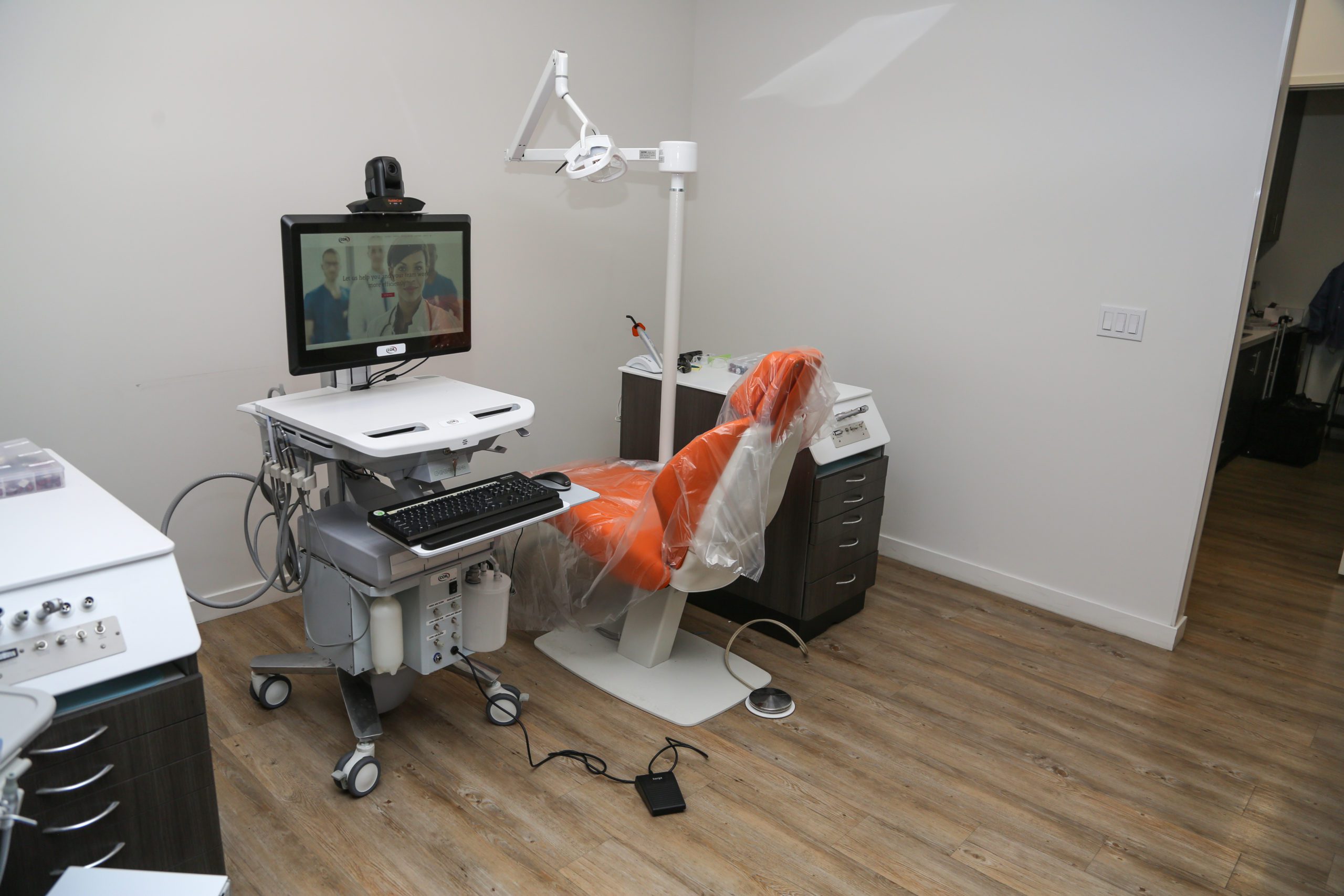Technology has brought incredible developments in every sector of the economy to facilitate improvements in all aspects of human lifestyle and business. Technological innovation influenced overall performance, job efficiency, effectiveness, and improvement in the quality of service delivery. Yet, implementing telemedicine and all other aspects of digital health has been slow over the years, and multiple great technologies have failed to penetrate the healthcare system.
Some professionals who enjoy their routine for several decades tend to become resistant to any disruptions threatening the status quo. Technology is a notorious disruptor that can trigger a sweeping change capable of transforming an industry. Some of these professionals are often reluctant to adopt new technological change out of disinterest and skepticism that it will improve efficiency. The healthcare industry is a notable example of an industry that has been resistant to change. As a result, the adoption of technological innovation in the healthcare system has been challenging.
However, the recent pandemic triggered a pervasive healthcare emergency globally, and its overwhelming effect necessitated an immediate change to health care delivery. Healthcare providers have resorted to telemedicine to maintain social and physical distancing while meeting people’s demand for healthcare service and many have realized its value and ability to provide greater access to quality care.
Dr. Cynthia Horner, a licensed, Board-Certified Family Physician and medical director at Amwell Medical Group, a physician owned and operated medical practice that provides telehealth care exclusively on Amwell, has been practicing virtually many years – long before the pandemic – and experienced first hand the impact that telehealth can have on patient care as well as the provider experience. In an interview with Top Doctor Magazine Dr. Horner , told us, “I started practicing virtually as I was looking for a lasting change in my career because I found that many of the administrative burdens in how we deliver care didn’t have to be there. Even though there are technological devices around, we failed to leverage these digital tools. We could not get access to people’s health information and access their data. There should be a faster, more efficient, and effective way to do this.”
Speaking further on the need for telemedicine, Dr. Horner said that the ability to meet people in their home and to provide evidence-based, high-quality care when they need it, where they need it, where she does not have to keep them waiting in a waiting room for 30 to 45 minutes with a bunch of other sick people is an invaluable upgrade to healthcare delivery.
For example, Dr. Horner alluded to a recent experience with a mom who was reluctant to take her daughter to the local emergency room, where many COVID-19 patients would surround her. “We had a video visit, and I was able to help them. I took a look at the child’s breathing and counted her respiratory rate. Basically, I was able to help her know that there are some things that we can do.” Dr. Horner further explained that she reconnected with the mom the next day and told her that she didn’t need to go to the ER.
“Call me back if something comes up. That really helped her. And she did call back the next day, and the child was doing a thousand times better.” Dr. Horner said.
Dr. Horner pinpointed regulatory restrictions as a major obstacle inhibiting the previous adoption of digital health. Healthcare providers are required to apply for medical licensure across each state before COVID-19, however, some of those restrictions were peeled back during the public health emergencies enacted during the pandemic. “I think during COVID, we saw that some States relaxed their restrictions or included reciprocity agreements with other States that allowed cross-state line medical care. Reducing some of the regulatory barriers to a national care provision is one important factor, and financing is another. Above all, there is a need to create guidelines for digital health in a way that will eliminate fear, provide lower-cost, more efficient care, but not at the expense of quality of care.”
Aside from the overarching benefit of digital health, Dr. Horner believes that telehealth has an opportunity to decrease the cost of care while improving its efficiency. “I think that’s why some health plans, in particular, are very interested in the ability of telehealth to close gaps in care which can not only improve care outcomes but also reduce costs.”
“As we go forward, what the future of healthcare looks like is an interesting question. I think we’re going to find a lot more video care, but virtual will never fully replace in-person – there are still some care interactions that will need to be conducted in-person like labs, surgeries, etc. Still, there is so much we can do virtually today and through digital technologies, we have an ability to make healthcare a much more efficient and better experience for all, ” Dr. Horner concluded.









0 Comments